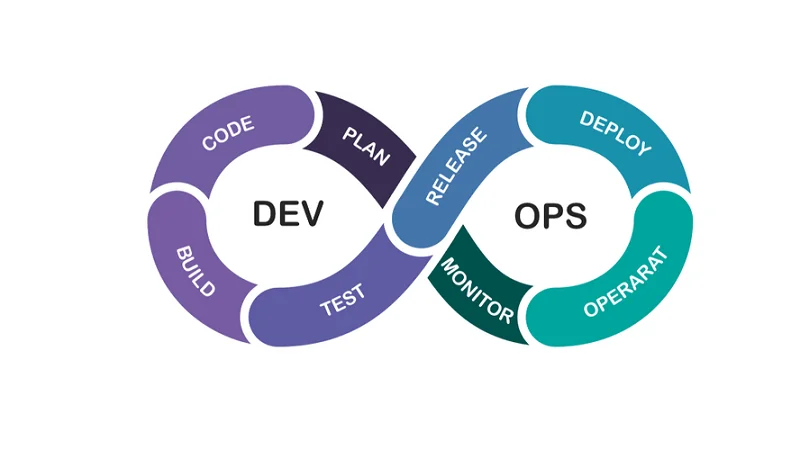Considering that human error is one of the leading causes behind faulty data, automating as much as possible is critical for increasing its quality. If you opt for a managed automation solution, such as what we provide, you gain access to experts who’ll monitor and manage your robots. That means rapid technical support, easy customizations, and no worries about having to update your software.
- Wyndham opens two new hotels per day every day of the year, and a priority is to bring those hotels onto its property management and central reservations systems as quickly as possible.
- However, they also said there are potential disadvantages to using RPA, particularly when organizations are not thoughtful or strategic about the automation projects they undertake.
- Software robots are ideal for highly repetitive tasks and involve very little variation from day to day.
- When you facilitate this pullback and reduce contact with sensitive data, you can achieve compliance and easier implementation of governance practices.
- RPA significantly enhances operational efficiency through 24/7 task execution without making an error.
In addition, this platform lowers the initial cost of installation, training as well as deployment. One major benefit of RPA is that it removes points that volatiles various terms of enterprise companies. If we talk about traditional culture in a record book, it is not easy to find particular information in a https://www.globalcloudteam.com/ short time span. But with the use of Robotic Process Automation tools, it is quite easy to perform this type of task, and even much more complex tasks. Since RPA lets you efficiently perform complex tasks with the minimum chances of error, the AI trend can help you reduce operational risks to a major extent.
Drive Down Your Company’s Expenditures
However, among organizations that are already scaling robotics, the average target was as high as 52 percent of capacity. Those implementing at scale believe their digital workforce will exceed their human workforce in terms of delivery capacity, for administrative and repetitive tasks. Automation technology, like RPA, can also access information through legacy systems, integrating well with other applications through front-end integrations. This allows the automation platform to behave similarly to a human worker, performing routine tasks, such as logging in and copying and pasting from one system to another.
RPA can automate this entire process, reducing manual invoice hand-offs, and leaving only the rare outlier for human inspection. According to Gartner research, human error within the finance function produces, on average, 25,000 hours of avoidable rework at a cost of $878,000. [2] RPA bots provide consistent results based solely on the data provided, leaving you with continued higher accuracy and accountability. Rather than building everything from scratch, you can find professionally developed solutions that extend and enhance your RPA deployments. With options directly targeted at streamlining inventory management, you can begin tapping into potential benefits sooner rather than later.
Improved Employee Engagement & Better Customer Experience
Among the benefits of RPA is the ability to increase employees’ productivity. And while RPA is a significant step on your organization’s digital journey, it is only the start. As organizations progress in their adoption of RPA, they tend to become more ambitious with cognitive technologies.

Often, enterprises will bring developers on board to create more sophisticated solutions. These will usually involve implementation of dedicated PCs or virtual clients – increasingly located in the cloud – that are used exclusively by the software bots. These large-scale deployments typically involve hundreds or thousands of software bots to handle vast numbers of routine tasks. Companies use RPA to alleviate the burden of time-consuming processes from their employees. Typically, these processes involve monotonous work or repetitive tasks that employees don’t enjoy. Using software bots like RPA has benefits for employees, such as freeing them to focus on higher-value cognitive work and reduces errors.
Robotic process automation
RPA robots utilize the user interface to capture data and manipulate applications just like humans do. They interpret, trigger responses and communicate with other digital systems in order to perform a variety of tasks. By automating these processes, RPA can help organizations improve quality, efficiency and cost-effectiveness while reducing errors and ensuring compliance with regulatory requirements.

Of those that have already implemented RPA, 78 percent expect to increase or significantly increase investment in RPA over the next three years. 72 percent of respondents indicated the C-suite and functional leadership as the most supportive stakeholder groups, while only 31 percent indicated IT as supportive or highly supportive. C-suite awareness of, and support for, RPA, in particular, has increased since our last survey. Organizations can capitalize on this to cut through organizational barriers and to accelerate scaling, both of which are especially useful where there is resistance from other parts of the business. Organizations that achieve scale in RPA set out a bold ambition for their digital workforce and make conscious choices to achieve it.
How RPA can benefit your business
Automation will not displace employees, however, it is expected that 861,000 public sector jobs will be lost to automation by 2030 saving £17 billion off the public sector payments in 2030 compared to 2015. In 5 years, at the current growth rate, the adoption of RPA will reach almost all companies that will use the technology in some way. In other digital transformation and process automation words, the RPA will reach almost universal adoption sometime in 2023. In 2016, just 15 percent of respondents reported that their RPA program was part of a wider corporate initiative. In 2017, the figure had risen to 64 percent–organizations that have embarked on the RPA journey have RPA as either an enterprise-wide or strategic initiative.

RPA is a form of process automation that uses software to automate repetitive, rules-based tasks that are traditionally performed by human workers. By automating these tasks, RPA can help organizations improve efficiency, productivity, and accuracy while freeing up employees to focus on more strategic work. It is a technology that uses software robots, or bots, to automate manual processes and tasks that humans currently do to increase efficiency. RPA can be used in many business areas, such as HR operations, financial services, and customer service. It can help simplify complex processes, reduce human error, streamline operations, and improve customer experiences.
What Are the Key Benefits of RPA?
By automating these tasks, RPA can help organizations ensure that documents are properly managed and that version control is maintained. Additionally, RPA can help organizations keep track of compliance-related activity, providing valuable data that can be used to improve compliance. RPA systems are typically designed to interface with existing software applications and hardware, making it relatively easy to implement within most organizations. Additionally, RPA can be deployed quickly and easily, with little to no upfront investment required. As such, RPA provides a quick and easy way for organizations to automate tasks and improve efficiency, without needing to make significant changes to their existing infrastructure. These practices are also scalable to match your company needs, as RPA bots are able to tackle massive amounts of data.
On an executive level, RPA bots help consolidate information from different departments to give decision-makers a more accurate picture of how the business is doing. RPA use cases could include customer service operations, payroll, human resources, and data management, among many others. Platforms such as TotalAgility provide your organization with all the tools to get started and room to grow. By integrating RPA into a complete platform for intelligent automation, you can sunset legacy systems while creating a unified approach to business processes and data analysis. Although there are challenges to implementing RPA in healthcare, the benefits far outweigh them. With continued advancements in technology and intelligent automation solutions like RPA, the healthcare industry has a tremendous opportunity to transform operations and deliver better outcomes for patients.
